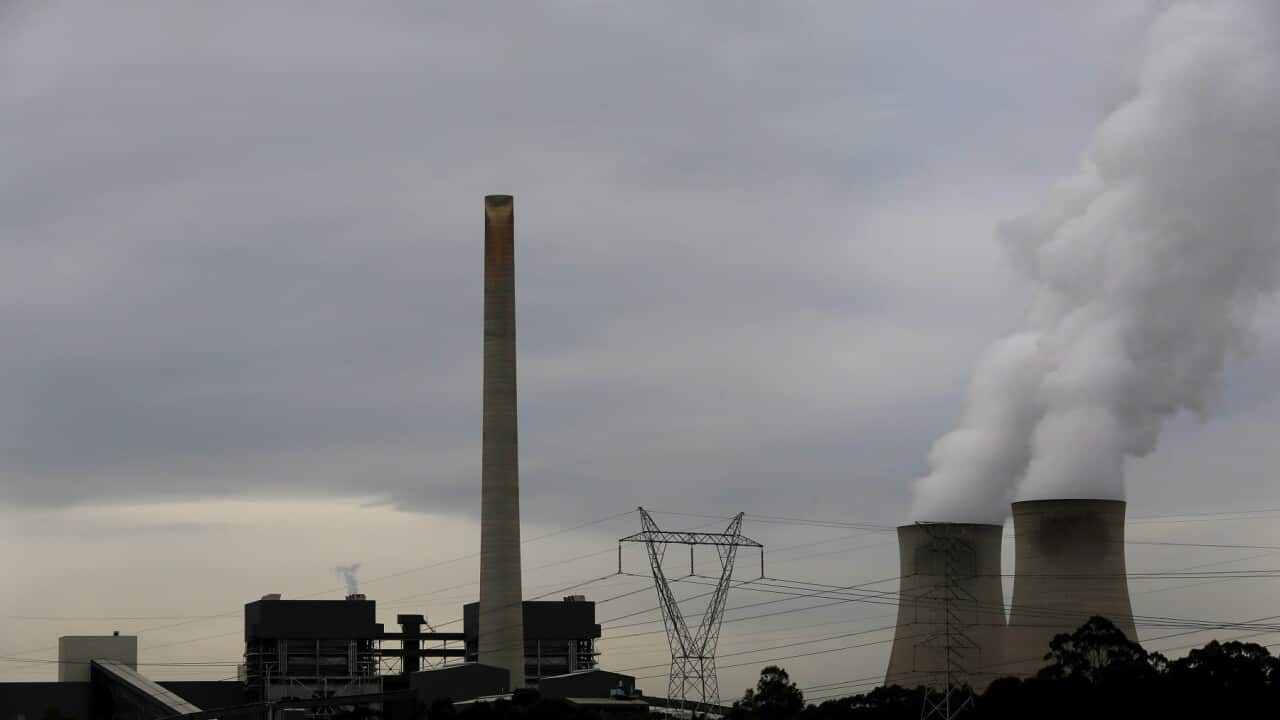TRANSCRIPT
Last year should have been a time for the Great Barrier Reef to heal.
Cooler ocean temperatures would have allowed coral to recover from back-to-back bleachings.
Instead, it was hotter than predicted.
Australian Institute of Marine Science(AIMS) research director David Wachenfeld says as a result, mass bleaching occurred.
"Although traditionally, we would say that La Nina years are cooler than neutral years or El Nino years, and that's certainly been our experience, the climate of the entire planet is changing, and warming. We are now at 1.1 degree warmer than in pre-industrial times, and so even in La Nina, generally cooler – is not as cool as used to be. And last year demonstrated than even in La Nina, we can reach temperatures that cause a mass bleaching event."
The Institute found that while some reefs continued to recover, it was offset by coral loss elsewhere.
AIMS senior research scientist Dr Mike Emslie says their new report details that coral recovery seen in previous years, was halted, in 2022.
"In the absence of any pressures or disturbance, we would have expected to see a lot of these reefs continue to recover and the fact that we’ve seen this pause really highlights these cumulative pressures that they face."
Bleaching happens when the sea surface temperature is too hot for too long.
Corals get stressed and expel algae and turn white.
They’re not dead, but can only recover if temperatures drop.
That’s the problem.
Marine heatwaves caused four mass bleachings in the Great Barrier Reef in the last seven years.
That’s an unprecedented frequency, affecting two-thirds of the Reef.
Scientists have now learned that during a La Nina, baseline temperatures can be hot enough to cause bleaching.
And as climate change heats up the oceans, research director David Wachenfeld says natural recovery processes can't keep up.
“The reason that was surprising is because for the first time ever, the Great Barrier Reef bleached during La Nina conditions. Now, those conditions are typically cooler on the Great Barrier Reef than the flipside, the El Nino. But in 2022, despite the La Nina, we did get a mass bleaching event for the first time. That means not only are the impacts greater, but the windows for recovery are shorter. And as climate change progresses, that’s why we’re so concerned about the future of the Great Barrier Reef."
Worse conditions are coming, as Australia’s eastern seaboard is expecting an El Nino system, bringing a hot and dry summer.
But researchers, like Dr Mike Emslie, stress that periods of recovery mean all is not lost.
"The recent coral recovery that we've seen is actually a really good news story and shows that the Great Barrier Reef is still a really resilient place that can bounce back from disturbances. But we've got to temper that with the knowledge that these disturbances that impact it are ongoing and are likely to increase in severity going forward. But, it does give us hope that the GBR is really worth fighting for if we can give it a chance to recover it can bounce back and I think that's a really important message that we need to get out to the people."
The United Nations wants a progress report in six months, but has warned Australia more action is needed.
And you can hear more features on topics like this in our series SBS Climate Calling, available wherever you get your podcasts.













